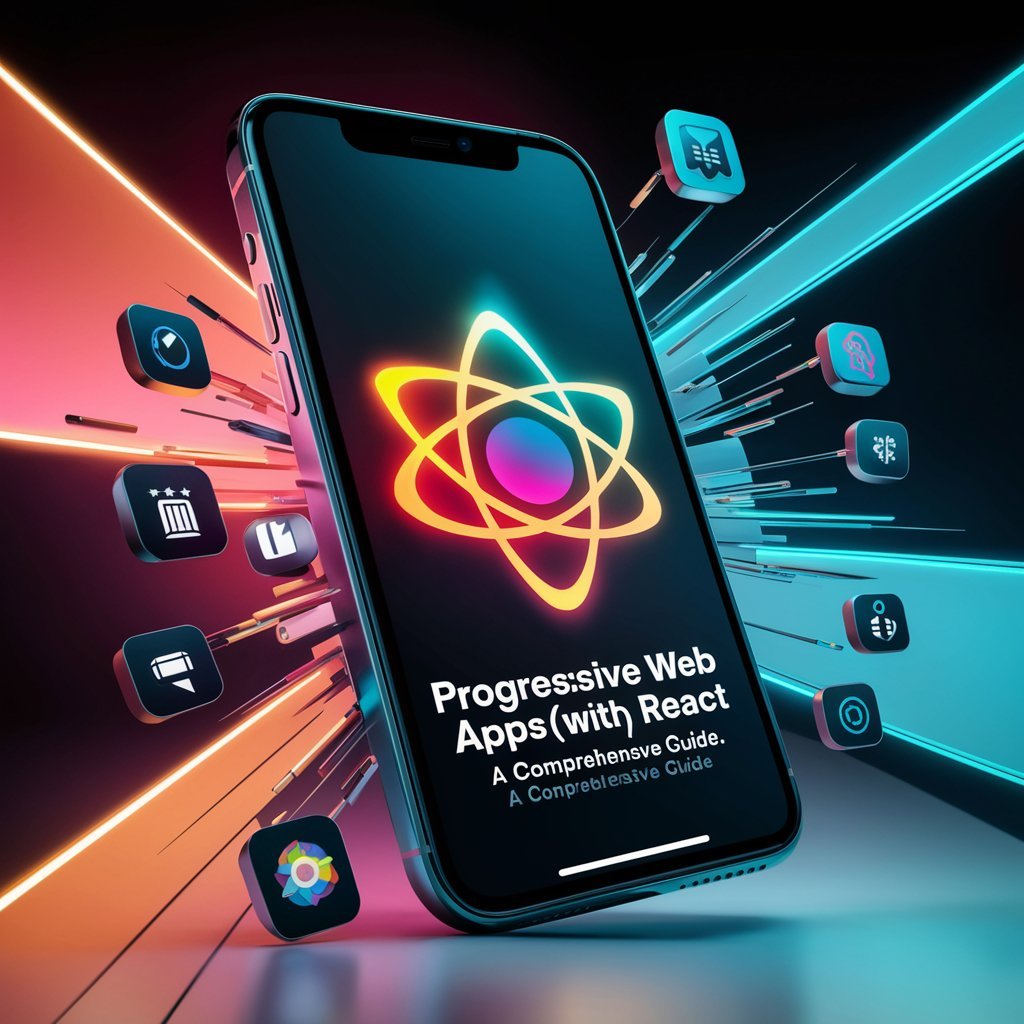Progressive Web Apps (PWAs) combine the best features of web and mobile apps to deliver a seamless user experience. PWAs are fast, reliable, and engaging, offering offline functionality and the ability to be installed on a user’s home screen. In this article, we’ll explore how to build a PWA with React, leveraging its capabilities to create a modern, performant web application.
What is a Progressive Web App?
A PWA is a type of web application that uses modern web technologies to provide an app-like experience. Key features of PWAs include:
- Offline Support: PWAs can work offline or on low-quality networks.
- Push Notifications: They can send push notifications to users.
- Installable: PWAs can be installed on a user’s device, much like a native app.
- Responsive: PWAs are responsive and work on any device with a standard web browser.
Setting Up a React PWA
React makes it straightforward to create PWAs, especially with the create-react-app boilerplate, which comes with built-in support for service workers and other PWA features.
Step 1: Create a New React App
Start by creating a new React project using create-react-app:
npx create-react-app my-pwa
cd my-pwa
This command sets up a new React application with default configurations.
Step 2: Enable Service Worker
In the src folder, you’ll find a file named serviceWorkerRegistration.js. This file is responsible for registering the service worker, which is a key component of PWAs.
By default, the service worker is not registered. To enable it, replace:
serviceWorker.unregister();
with:
serviceWorker.register();
This change ensures that the service worker is registered, enabling your app to cache assets and work offline.
Step 3: Add a Web App Manifest
The Web App Manifest is a JSON file that provides metadata about your PWA, such as its name, icons, and theme colors. This file allows the PWA to be added to the user’s home screen.
Create a manifest.json file in the public folder with the following content:
{
"short_name": "MyPWA",
"name": "My Progressive Web App",
"icons": [
{
"src": "icon-192x192.png",
"sizes": "192x192",
"type": "image/png"
},
{
"src": "icon-512x512.png",
"sizes": "512x512",
"type": "image/png"
}
],
"start_url": ".",
"display": "standalone",
"theme_color": "#000000",
"background_color": "#ffffff"
}
Include this manifest file in your index.html:
<link rel="manifest" href="%PUBLIC_URL%/manifest.json" />
Step 4: Testing Your PWA
You can test your PWA in a local environment using tools like Lighthouse, which is available in Chrome DevTools.
- Run your React app:
npm start
2. Open Chrome DevTools, go to the “Lighthouse” tab, and run an audit. This tool will analyze your app and provide feedback on its PWA capabilities.
Adding Advanced PWA Features
Once you’ve set up the basics, you can enhance your PWA by adding features like push notifications, background sync, and more.
Example: Push Notifications
To add push notifications, you’ll need to integrate a service like Firebase Cloud Messaging (FCM):
- Install the Firebase SDK:
npm install firebase
2. Initialize Firebase in your app:
import firebase from 'firebase/app';
import 'firebase/messaging';
const firebaseConfig = {
apiKey: "your-api-key",
authDomain: "your-auth-domain",
projectId: "your-project-id",
storageBucket: "your-storage-bucket",
messagingSenderId: "your-messaging-sender-id",
appId: "your-app-id"
};
firebase.initializeApp(firebaseConfig);
const messaging = firebase.messaging();
messaging.onMessage((payload) => {
console.log('Message received. ', payload);
// Customize notification here
new Notification(payload.notification.title, {
body: payload.notification.body,
});
});
3. Use the Firebase Messaging API to send notifications to your PWA users.
Conclusion
Progressive Web Apps offer a powerful way to deliver rich, app-like experiences on the web. By using React, you can easily build and deploy PWAs that are fast, reliable, and engaging. With features like offline support, push notifications, and installability, PWAs are a modern solution for creating versatile web applications.
Experiment with these concepts in your own projects and take advantage of the power of PWAs in the React ecosystem.
Tags
#React #PWA #ProgressiveWebApps #WebDevelopment #JavaScript #ReactJS #FrontendDevelopment #ServiceWorker #OfflineSupport #PushNotifications #WebTechnologies #ResponsiveDesign #CreateReactApp #WebAppDevelopment #Coding #Programming





